Shogun: Total War

| a game by | Creative Assembly International Limited |
| Platform: | PC (2000) |
| Editor Rating: | 7/10, based on 1 review, 2 reviews are shown |
| User Rating: | 8.0/10 - 2 votes |
| Rate this game: | |
| See also: | Strategy Games, Top 10 Total War Games, Total War Shogun |
It's 1997 and Command & Conquer fever is at its height. Vastly inferior rip-offs hit the shelves on an almost weekly basis, milking a frenzied gaming public for all it's worth. Meanwhile, a small, virtually unknown outfit called The Creative Assembly is happily porting sports games for publishing giant EA. Or, as you're about to find out, not so happily at all.
We'd seen the first C&C clones come out and do quite well, so we thought to ourselves, that's got to be easy to do', explains Tim Ansell, founder, owner and CEO of The Creative Assembly. We'd seen this one C&C clone called KKND (Krush, Kill N' Destroy) and it was an absolute pile of crap. Then we heard it'd sold 600,000 units. At this point I went mad -there we were busting our balls porting sports games for EA and only selling around 100,000 units, while this crap was selling 600,000. So we decided we'd do our own upmarket clone. And so the idea for Shogun: Total War was born, a basic run-of-the-mill RTS in which your goal was to conquer all and become shogun of all Japan. Needless to say, things didn't quite go according to plan.
Small Acorns
It's hard to believe that the initial vision for what would eventually become the world's most exciting and groundbreaking RTS was such a modest product. We were originally aiming to make Shogun a B-title, which would sell around 250,000 units. We started off with an 18-month development plan and a small budget, but at each stage it looked better and better. By the time the game was finished, it'd turned into a three-year project, reflects Tim.
Mike Simpson, senior producer at CA and an 18-year veteran of games development, picks up the story. When we started the project, it was a top-down strategy game. 3D graphics weren't possible at the time as there weren't any 3D cards around back then. The major difference with our game was that it had large numbers of men, rather than just a few dozen like most of the C&C clones. We started off the development process by making some mock-ups of troop flocking' with tiny little men watched from a top-down perspective. At that time, there were hundreds rather than thousands in each battle. In retrospect, it looked pretty cool.
But it was the advent of the 3DFX card that was to change not only the direction of the game, but also the face of RTS gaming forever. "When the first 3D cards came out, Tim suggested tilting the camera down and putting in a General's Eye view," explains Mike. The lead programmer said it would be impossible to generate those kinds of 3D landscapes, but we tried it anyway and it proved to be possible after all.
The General's Eye view was an idea taken from the Waterloo games (part of Talonsoft's Battleground series), which enabled you to switch between a top-down 2D perspective and a 3D viewpoint. So, while Shogun was to prove hugely innovative in the long run, it certainly wasn't without its influences. "The problem with these games was that it took about 15 seconds for each frame of animation to come up on screen," laughs Mike. "And tnere weren't any individual men, just hexagonal blocks to represent formations. But we liked the concept and knew it could work for Shogun
Under The Influence
However, as any Total War fan will tell you, Shogun and its offspring are games of two halves, with a 2D strategic map complementing the epic real-time battles. Present from the project's inception, this R/sk-style campaign map provided a new dimension to the RTS genre, while enabling turn-based fans to indulge their love of troop accumulation, movement and resource gathering too. Part of the fun of Shogun is that it can be played entirely from this perspective, with battles being auto-resolved by the computer.
The influence for this came from one of Mike's earliest projects, 1988's Lords Of The Rising Sun, an action/strategy game which, blocky visuals aside, bears an uncanny resemblance to Shogun. ' Lords Of The Rising Sun was set in the same time period as Shogun and had a separation between turn-based strategy and realtime battles, says Mike. Shogun essentially followed the same template, the key difference being a vast leap in technical accomplishment.
In part, it was this combination of battlefield carnage and political strategy that inspired the game's Total War' subtitle. However, as the game's ambition grew, the words took on a greater significance for the developers. I think the Total War aspect is very important," says Mike. We didn't set out to just try and simulate lifelike battles in Shogun: Total War, but the whole political and economic situation too. People had never tried to do anything like that in a way that was remotely realistic. Shogun's game mechanics were purely based on the real world. Because the mechanics were all real-life mechanics, it made it that much more intuitive to play."
Certainly, Shogun was the first RTS to reflect a variety of real-life tactical possibilities. It was the first RTS to implement terrain advantage, dynamic weather effects, troop morale and fatigue, and its combat mechanics were based on Sun Tzu's The Art Of War. All this is in stark opposition to the glut of isometric RTS titles that clogged the shelves at the time, which were more akin to a school yard brawl than a real battlefield. In a sci-fi game, it's not immediately obvious that an XP32 gun is really effective against a type four droid, explains Tim. Whereas in Shogun, it was intuitively obvious that charging your cavalry up a hill at spearmen was a bad idea.
Crop Dusting
Another key aspect of the game mechanics was a move away from real-time resource gathering, a risky proposition at a time when the C&C model was shifting copies in the thousands. For Mike, this decision was all about realism. Real-time resource management as done in C&C is unrealistic and didn't fit in with the whole Total War theme. Not having real-time resource management seemed like the natural thing to do. When you're planning a war, you spend months and years getting ready for it and then have a battle - something C&C didn't allow you to do.
Mike and Tim's passion for realism was also fuelled by the game's feudal Japanese theme, a subject they both find as shocking as they do fascinating. The more they researched the period and culture, the more they were motivated to reproduce it, often with hilarious results. We tried to make the game as historically accurate as possible, but fun at the same time. My favourite true story from Shogun was the one about the ninja who hid in a toilet for a week, then killed his target with a sword up the jacksie when he went for a dump. Then there was the time a general chopped off his own head in the middle of a battle. Things like that actually happened, Tim laughs. We just loved the whole Japanese content. They were completely barking mad.
Smooth Slaying
With every boundary-busting vision there are obstacles to be climbed - yet surprisingly, Shogun's development proved anything but problematic. Mike remembers the process well. We didn't encounter any major problems -what we encountered was opportunity.
Tim, whose idea it was to move the game into 3D (despite claims that it was impossible' from many of his team), also has fond memories of the three-year project.
We kept exceeding our own expectations. When we first submitted the idea of the troop flocking' system, we weren't sure if we could do it. But what we ended up with was far better than what we'd mocked up originally. We kept on aiming high and because it was such an organic process, we never sat down and had visions of the exact end product. We got there by increment. Each time we did one thing better, we realised we could do something else better too and then we got some more time and money to do it. We just kept seeing opportunities.
Despite The Creative Assembly's confidence, it wasn't until Shogun was First unveiled to the public at the 1998 ECTS trade show that Tim knew his team was on to a winner. We started to get positive outside feedback about Shogun at its first ECTS. If you're doing something different, it's not until you start to get outside reaction, in particular from the press, that you can be 100 per cent sure that people will like what you're doing - even if you think it's good. Shogun's public debut went down a storm and from that point onwards we were confident it would be successful."
The Final Push
After three years of hard graft, constant reappraising and the consumption of two tons of Chinese food, Shogun was released to an expectant gaming public and rapacious press at the start of 2000. The reception was overwhelmingly positive, with critics and consumers alike lavishing it with praise and heralding it as 'the game that would change the face of strategy gaming forever'. Never one for false modesty, Tim Ansell can't help but agree: Shogun blazed the trail for the future of RTS gaming. It was very highly critically acclaimed, even if it didn't set the world alight in terms of sales, but it was still up there with the big guns. I think we kind of snuck up on the opposition and they were left wondering what they were going to do. Everyone had these traditional 2D RTS games in development, but even when they started to put them into 3D they still had the same kind of gameplay, only with 3D graphics.
Mike couldn't agree more. I think that when we started this, everyone else was working towards RTS games with smaller groups of units. With Shogun, we went in completely the opposite direction.
War Isn't Everything
Needless to say, Shogun shifted more than enough copies to warrant further investment in the Total War series, starting off with the excellent Mongol Invasion expansion pack, which pitted the samurai in a theoretical war against the allconquering Mongols.
But it wasn't until the release of Medieval that the Total War series really hit the big time. To date, the sequel has shipped well in excess of a million copies worldwide and won a BAFTA award for Jeff van Dyck's evocative soundtrack. And with the third instalment, Rome: Total War, just a few months from completion and already a star of its own TV show, BBC 2's rime Commanders, The CA's stranglehold over the RTS genre looks set to continue for a long time to come.
We've got loads of things we can do and loads of history to do it with, enthuses Tim. We find ourselves with an embarrassment of choice. There are a number of ways in which we can push the technology forward and we'll always continue to do that. It's our intention that if anybody ever beats one of our engines, it's us. After that, it's just a question of working out what content to put in.
The future of the Total War series is clearly secure - and to think, it's all thanks to the success of a substandard isometric Command & Conquer rip-off that infuriated a frustrated game company into action. God bless you KKND: you may have been a shit game, but without you, we may well still be stuck in isometric RTS hell to this very day.
Download Shogun: Total War

System requirements:
- PC compatible
- Operating systems: Windows 10/Windows 8/Windows 7/2000/Vista/WinXP
Game Reviews
Set in sixteenth century Japan, Shogun: Total War, from Aussie-based developers Creative Assembly, looks set to bring a new slant to the already overcrowded real-time strategy genre.
In a game that draws on a tumultuous period in Japanese history that is as rich in bloodshed as it is in culture, you assume the role of a Daimyo (feudal lord) who is battling for supremacy with rival factions, with the ultimate aim of becoming Shogun, the military dictator of Japan. Combining turn-based strategic campaigning with real-time tactical combat, Shogun could well be the game that bridges the gap between Civilization and Command & Conquer, and one fans of both of those two crave to experience - hence the sub-moniker Total War.
As every clued-up dictator will testify, resource management is the key to successful expansion, and you must collect taxes from your provinces, research new troop types, organise your armies and defend your territory by building forts and vast stone palaces in order to progress. As well as resource management, politics also figure highly on the agenda, and you must send out emissaries to negotiate treaties with neighbours, and spies to infiltrate and assasinate rival factions. Once the political manoeuvring and double-dealing has come to a stalemate, however, there's little alternative but to kick some Samurai arse, and this is when the game turns into a Myth-style 3D realtime combat-fest. A look at the screenshots on this page confirms that Shogun inevitably scores highly in the visual stakes. But it's what goes on underneath that really sets it apart from other RTS games.
Because the number of units under your control is so vast (armies of up to 5000 troops are not uncommon), it's vitally important that the AI routines that control each unit's behaviour can be relied upon. As a result, the programmers have developed what they term 'genetic AT, which looks set to banish such problems as units passively ignoring nearby events, taking unnatural routes and 'arguing' with the player. Furthermore, each and every unit has its own 'persistent' attributes, honour and experience. We've yet to see Shogun in action, but from what we've seen so far it's pretty clear that it's shaping up to be very special indeed. If the developers can keep things moving at a decent frame rate and the AI really is as capable as Creative say, we could be in for a treat come the spring.
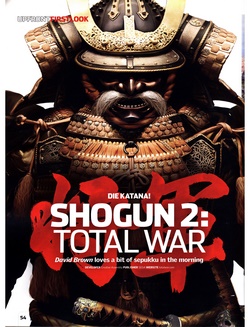
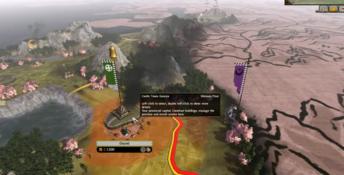
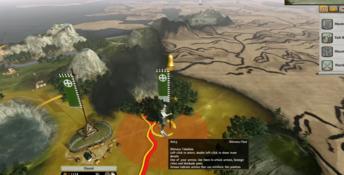
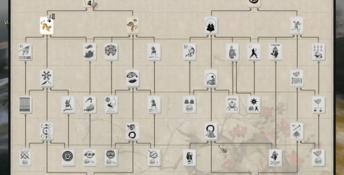

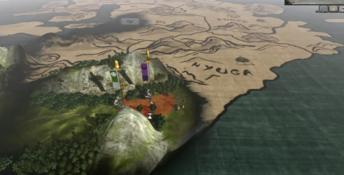
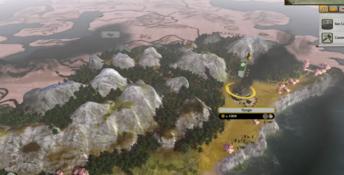
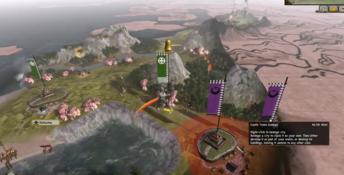
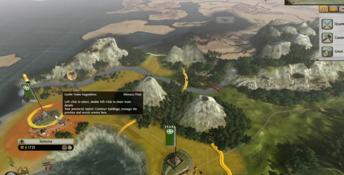
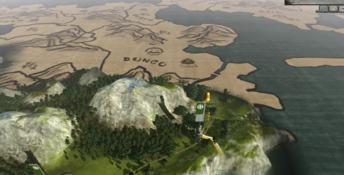
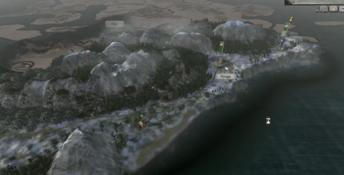
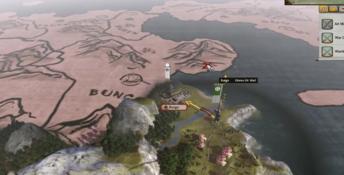


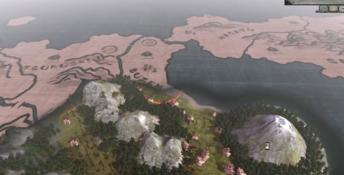

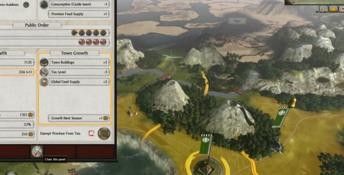
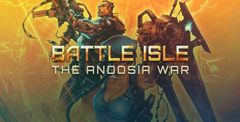 Battle Isle: The Andosia War
Battle Isle: The Andosia War King of Dragon Pass
King of Dragon Pass
 Shogun: Total War - The Mongol Invasion
Shogun: Total War - The Mongol Invasion
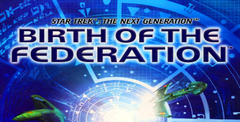 Star Trek: The Next Generation - Birth of the Federation
Star Trek: The Next Generation - Birth of the Federation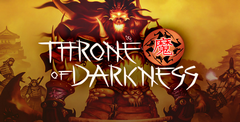 Throne of Darkness
Throne of Darkness
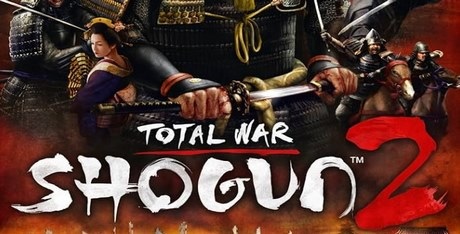 Total War: Shogun 2
Total War: Shogun 2
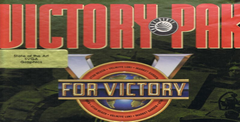 V for Victory: Victory Pak
V for Victory: Victory Pak
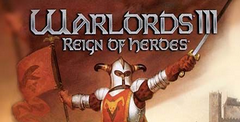 Warlords 3: Reign of Heroes
Warlords 3: Reign of Heroes